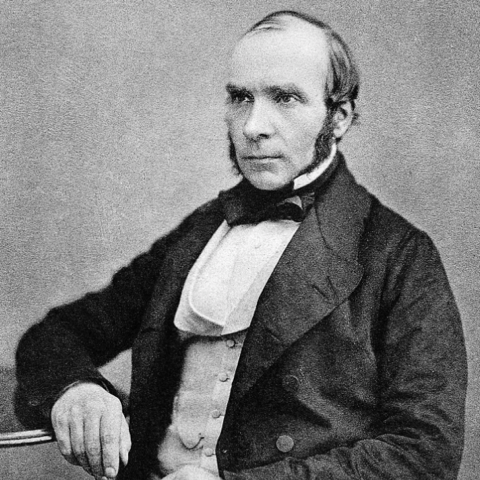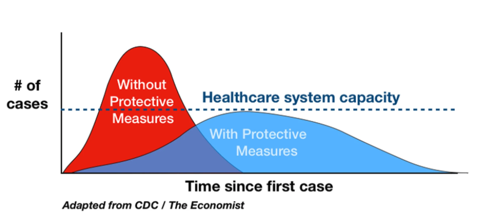I’m not yet ready to go back to our theme of finding our True Selves. This post is a continuation of the last one, there will be another one along these lines next Sunday, and then we’ll ‘return to our regularly scheduled programming already in progress.’
Correction
After last week’s post, when I was falling asleep one night, I remembered something my father had said about my great-grandfather, which made the math not work but shed some additional light.
Let me explain.
What I remembered was my father telling me that it was my great-grandfather, my grandmother’s father, who wanted her prenatal care to come from the not-doctor rather than the real doctor, and that her husband, my grandfather, disagreed.
Contributing factors: my grandfather was employed by his father-in-law at the bank and had wed my grandmother at my great-grandfather’s suggestion.
My grandparents had their sons in 1925 (my uncle, mangled by the not-doctor) and 1927 (my father, unscathed by the real doctor).
This means that it wasn’t my great-grandfather’s suicide that prompted my grandmother to economize on her medical care.
This means that the weirdness around money in my father’s family was present well before my great-grandfather’s status changed from Bank President to The One Who Lost Everybody’s Money.
Killing himself exacerbated his family’s seductive||destructive relationship with money, but it wasn’t the beginning of it.
Protection
We need to be like John Snow, the physician (not Jon Snow, the character in Game of Thrones).

Let me explain.
My bachelor’s degree from the University of Minnesota has a double major in Education and Public Health.
In public health classes, we learned that people can know the right thing to do but not do it, even when the possible consequence is death.
In 1854, when cholera was ravaging the Soho neighborhood of London, a curious physician named John Snow studied the transmission of the disease.
He was skeptical of the miasma theory—that cholera was transmitted by ‘bad air.’ So he went looking for facts.
Snow talked with residents to learn their habits and where they got their water. He made a careful map of deaths from cholera.

Below is an enhanced version, to more readily see his findings. Red dots are cholera deaths, blue pumps are public water sources.

Snow’s research led to his hypothesis: cholera is not transmitted by noxious air but by something in the water.
This was a hypothesis that could save lives.
Based on his findings and his map, Snow convinced the local authorities to remove the pump handle from the well at the heart of the concentration of cholera deaths.
Snow did two things that saved lives:
- Acted like a scientist. He looked for facts and relationships. He recommended removing a pump handle. He did not recommend ingesting garlic or oregano oil.
- Implemented systemic changes (had the pump handle removed) rather than attempt to change people’s behavior (e.g., post signs that said, ‘Contaminated well! Don’t drink!’).
Science plus structural solutions work.
So, now. Us. Here. With the coronavirus.
Are you acting like a scientist and implementing structural solutions?
The World Health Organization has five recommended structural solutions, based on science:

Because I already have a habit of sneezing into my elbow and have learned to stay home if I’m sick, these are the five structural solutions I have for myself:
- Do not leave the house other than to obtain food, or to walk Leda, or take a well-being walk for myself.
- Wash my hands, for the full twenty seconds, often. (Note: soap is more effective than Purell.)
- Sanitize what I can’t wash—the steering wheel of my car, my hands when I’m in my car, doorknobs, my cellphone.
- Keep my hands off my face. Even though I know I shouldn’t touch my face, I do it all the time. Most people do. We need to stop. We need to become conscious of the unconscious action. And because that’s hard, we need to wash our hands, often (see #2).
- Maintain a distance of six feet from others (more conservative than WHO’s three feet because we sneeze at more than 90 mph. I can extinguish a candle with a sneeze from three feet). My next-door neighbors looked at me strangely when we happened to meet in the hallway yesterday, and I took a few steps away from them before I responded to their “How are you?”
Stepping away from my neighbors might have felt rude to them but we must be willing to break with our accustomed social norms. This is difficult because our brains are hardwired to want to belong, to fit in with the group.
If we are alone in a room that begins to fill with smoke, we will leave. If there are others in the room with us, and we observe that they do not leave, we will not leave either. We conform at our own peril.
We must be willing to stand alone.
I don’t believe this is extremism. I believe it is science in action.
When I started dental hygiene school in 1974, wearing gloves while cleaning someone’s teeth wasn’t required. Because of what we learned in microbiology class, I wore them anyway, even though most of my classmates didn’t.
Wearing a face mask wasn’t required. Because New Jersey had the highest rate of tuberculosis in the country, I wore one anyway, even though some of my classmates didn’t.
When I left dental hygiene in 1980 to work in the Dermatology/Surgery clinic at the University of Minnesota, young men with strange blotches started coming to the Dermatology clinic in significant numbers.
They came, they were diagnosed with Kaposi sarcoma, and then they died.
The doctors didn’t know what was causing it. At first, they called it autoimmune deficiency. Then they called it AIDS.
Colleagues asked if I was worried that I may have contracted AIDS when I was a dental hygienist, especially since I had worked at the county hospital and one-third of my patients were from the county jail.
“No,” I said. “I never saw a patient without wearing glasses, a mask, and gloves. I’m not worried.”
So, now. Us. Here. With the coronavirus.
Please tend to your own health, even if it causes social awkwardness.
Let the people you care about know you care about them—from a distance.
Chewing the Cud of Good

Grateful for the power of pictures to persuade, and the horizontal line that Drew Harris added to this infographic, because it changed people’s minds and we realized that hoping the coronavirus peaks and gets over with quickly is not the best solution.